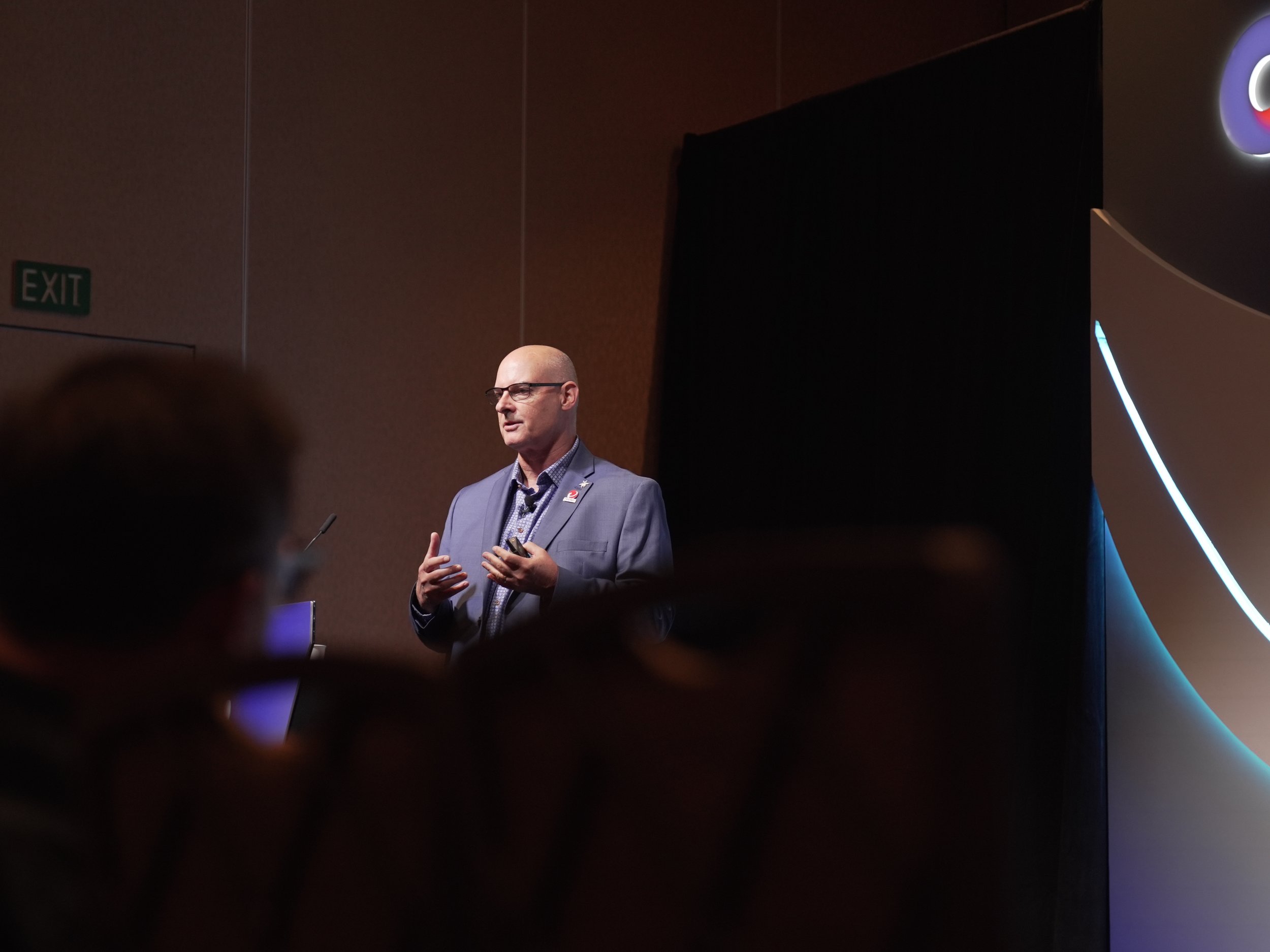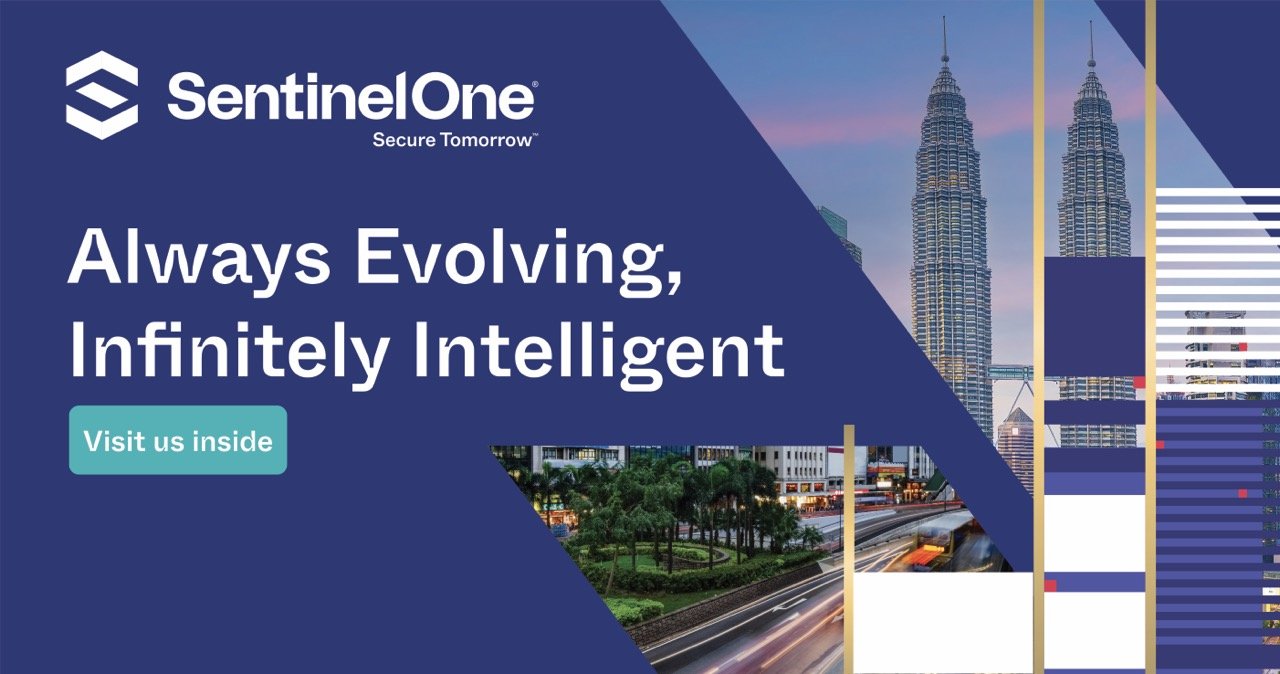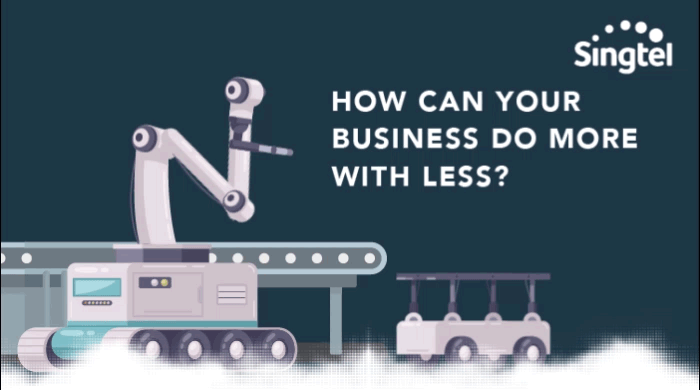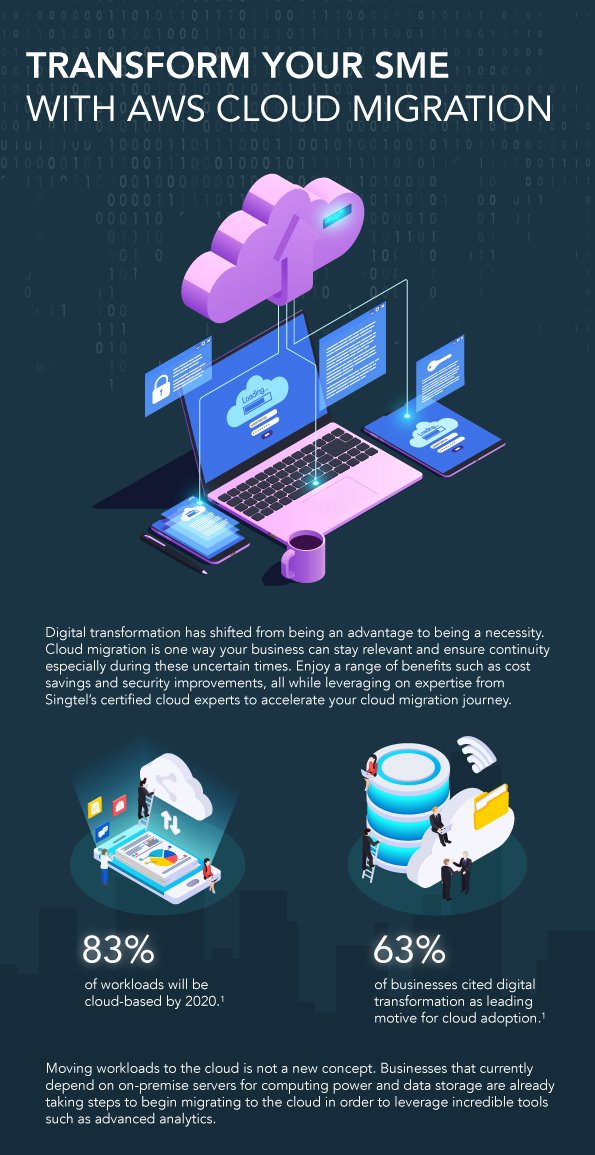Copywriting Samples
-
It’s a tough, thankless job, running a business.
Juggling the never-ending tasks that come with running a business is no easy feat. It is laden with meticulous and tedious administrative tasks that take up a large chunk of your time. Deskera gives you a chance to streamline your workflow, and spend more time working on your next big idea.
What could you do for your business in 168 days?
The reality is that most business owners spend about 168 working days annually, or over half their time, on tedious admin tasks that revolve around human resource, accounting and marketing¹. This time could be better spent on core business activities like generating sales, talent development, or innovating the next big hit. While essential, undertaking these mundane admin tasks doesn’t have to be time-consuming.
Deskera gives you what you need to run your business on just one platform. Simplify, organise and automate essential tasks like invoicing, customer management and pay scheduling.
Whether you’re just starting out or looking to digitalise, here’s how Deskera makes things easier for you.
Streamline your accounting
Dealing with accounting is often neither easy nor fun. For nearly half of business owners, handling finances and bookkeeping is easily one of their least favourite things to deal with².
Deskera Books automates invoicing, expenses and payments - almost all aspects of accounting that you can think of - so that you can focus on what matters most. From optimising inventory with a real-time view of stock at multiple warehouses, to generating invoices quickly and easily with available templates, Deskera's centralised dashboard offers an overview of your business and streamlines your whole accounting process, making fulfilling your customers' needs a breeze.
Stay connected with your customers
One of the most crucial aspects of a successful business has always been maintaining healthy customer relationships - the best way to ensure customer retention and loyalty towards your business.
Deskera CRM gives you full visibility into your sales pipeline, allowing you to manage both sales and support from a single platform. Deskera analyses won-and-lost sales in real time, generating valuable insights through collected customer data, allowing you to better anticipate their needs.
Manage your employees’ needs
No matter the industry you are in, your employees are one of your business’ most valuable assets - and sometimes the most challenging to manage. With Deskera People, enjoy automated key HR functions and spend more time on your people, not the admin that comes with it.
Still dealing with manual payroll processes? Eliminate unnecessary work with more efficient payroll processing, simplified into a three-step process. Achieve greater efficiency and productivity, and gain a more competitive edge over everyone else.
Do it all on the go with Deskera Mobile
Compatible with any device and found on both Google Play and the App Store, Deskera Mobile is a workhorse of an app that fits the functionality of the desktop software into your pocket without scrimping on any features.
Key Takeaways
⦁ Deskera Books simplifies essential tasks like managing invoices, contact management, pay scheduling and more.
⦁ Deskera CRM makes gathering your customers’ information and harnessing valuable, actionable insights a breeze.
⦁ Deskera People takes the hassle out of payroll processing and turns it into a straightforward three-step process.
-
Seal the deal quickly with e-signatures
Grow your business, not your workload.
All successful business deals close the same way — with a signature on a dotted line. From everyday business transactions, to the largest deals of the year, company resources like paper, printing ink, administration fees, shipping costs, and most importantly, time, go into every single traditionally signed document. Inadvertently, these small costs add up to $9300 a year for SMBs and an annual average of $120,000 in manpower expenses incurred to manage this process.
The integrity of legally binding contracts are also of the utmost importance, and signatures go through intense scrutiny to ensure legitimacy. This traditional process of cross-checking would take both parties days to complete, and result in precious time wasted. Enter e-signatures, here to save your business both time and money.
What can e-signatures do for your business?
From sent to signed in minutes
Do everything a traditional signature does — but better. With advanced verification methods such as second-factor authentication (2FA), your business can verify and close off sales contracts three times faster than before — eliminating the tedious process of manual signature verification. E-signatures make sending, verifying and processing signed documents all possible within just 37 minutes, compared to the 5 days or more needed with traditional signatures3. Manage all e-signatures in one easy-to-use platform, eliminating time wasted on collecting documents, invoices and signatures from silo apps. Seamlessly embed customer forms into your websites with webforms and connect to existing software like Microsoft 365 and Google Workspace.
Get more done without the busywork
Do away with manual processes for good and enjoy the convenience of creating and e-signing an unlimited number of documents from any device of choice, online or offline. Fast-track your sales and admin processes by easily creating reusable, customised and branded e-contract and invoice templates that can also be embedded into websites to streamline collection of customer data. The convenience of these forms coupled with legally binding e-signatures now enables quick verification of multiple signers within a single document.
Improve customer experience
Account creation and customer onboarding doesn’t have to be the confusing, frustrating and time-consuming process it usually is. Allow your customers to e-sign documents and send it back to you from anywhere and from any device. Effortlessly authenticate their e-signatures using a variety of methods such as 2FA and government-issued IDs.
Stay compliant anywhere
Keeping your admin processes in check while navigating the myriad of compliance requirements across industries and countries is a challenge for any growing business. E-signatures take the stress out with its flexible framework that can adjust to the ever-changing local and international security regulations. Confidently customise, standardise and automate all your business forms with a solution that enforces company-wide observation of regulatory requirements.
Signed, sealed, and delivered with familiar tools
Every minute spent on busywork and learning a new software takes away time from business activities that really matter — that is why working with familiar tools is important. E-signatures connect effortlessly to your existing software like Microsoft 365, Google Workspace, Salesforce and Acrobat so there is no need to hire an IT professional to get it up and running.
Going digital and never looking back
The pandemic has ushered in an unprecedented growth in adoption of digital solutions such as e-signatures. It shouldn't come as a surprise that 40% of SMBs reported an increase in digital paperwork, proving that SMBs — big or small, are rallying around paper-free processes and the benefits that come with.
Get your business transactions up to speed in 2021, and beyond.
-
Digital Transformation for Customer Centricity
In business, there is a saying “the customer is always right”. Our customers have shown us the importance for enterprises to balance great products and services. Especially true for the financial services sector in Singapore, creating a differentiated customer experience is key to retaining your high-value clients. Alongside other sectors during the pandemic, many financial businesses made a leap forward by transitioning to the cloud to improve agility, efficiency, and productivity. However, digital transformation goes far beyond implementing a digital layer to existing products and services for FSIs.
- By 2022, nearly 90% of organisations will rely almost entirely on SaaS apps to run their business
Rethinking the customer journey with data
Trailblazers in the industry have created a personalised customer journey. Working seamlessly as part of the lifecycle of a transaction, the business follows a customer through their entire journey, from transacting on mobile devices, to understanding their financial status through self-service analytics tools, and interacting with financial consultants.
Over the years, FSI organisations have accumulated a large data lake that can be tapped on by big data analytics, cloud, and AI to turn this data into insights and knowledge. This will allow your business to improve on existing services, create innovative experiences, and ultimately develop new business models.
With Microsoft Power BI, your team will be able to turn data into valuable insights. With tools to create visualisation charts, graphs, and dashboards to make sense of the data that you may already have on hand. For business owners, a well-designed single-page canvas can provide you with business actionable insights that you can check daily.
- Banks spent an estimated $215b on IT worldwide in 2014, including hardware, software, and internal and external services.
One powerful tool can make all the difference
Staying agile and collaborative, FSIs of today are bringing to market improved solutions for their end customers faster than ever before. To explore how your business can leverage cloud tools to realise great business results, speak to your Singtel Account Manager today.
-
The journey towards smarter healthcare
During an evening walk, Jeremy received an alert from his smart watch informing him of an unusually high heart rate, prompting him to slow down and take deep breaths. Like Jeremy, many patients lead highly digitised lives and gravitate toward digital-centric organisations. Similarly, they expect their healthcare service providers to provide new forms of convenience powered by technology, especially since COVID-19. The patient’s journey has evolved, and the current status quo will be challenged. The technology is ready, the question is, how can healthcare providers adapt?
Reaching out for help made easy
From minimising in-person visits to reducing strain on healthcare providers and improving overall patient experience, the rise of telemedicine comes as no surprise, especially during pandemic movement restrictions. Platforms like Microsoft Teams allow patients to opt for secure teleconsultation on any device from the comfort and safety of their own homes.
Nearly 80% of surveyed doctors believe telemedicine to be a better way to manage chronic diseases.
83% of patients expect to use telemedicine after the pandemic.
Patients are not the only beneficiaries
Transforming healthcare workflows benefits not just patients but also healthcare providers. Doctor consultations, both online and in-person, can now be done through a single platform, such as Microsoft Teams, where digital appointment scheduling, auto-reminders, secure record-keeping, and sharing of documents become not just possible, but easy. Aside from seamless integration with Office apps, Microsoft PowerApps, a part of Microsoft Teams allows healthcare providers to create apps without the need for coding knowledge. PowerApps empower teams to create apps that can be used for managing appointments and queue numbers, inventory of medicine, tracking payments, employee leaves and claims to say the least.
47% of patients said online scheduling capabilities would encourage them to book a telemedicine appointment.
Enhancing the patient journey also means taking care of healthcare frontliners. Often, frontliners experience burnout and feel disengaged. Digital tools, like Microsoft Teams, help alleviate some of the workload by automating manual tasks such as sending out appointment reminders and keeping teams engaged through instant messaging with the ability to add GiFs as well as real-time whiteboarding and document collaboration.
Digital technology has the potential to transform medicine and the healthcare industry in a sustainable way. The next frontier in healthcare is here, take the next step and speak to your Singtel Account Manager today.
-
Capturing value from a digitalise workforce
Industry 4.0: Workforce Transition
Today’s modern manufacturers are constantly automating production lines and implementing smart factory technologies, but most do so without involving their best assets –frontline workers. To fully capture the value of smart factory technologies, manufacturers need to augment their workforce with technology so workers can tap into a pool of collective knowledge, solve problems remotely, and translate shop-floor data into actionable insights. Successful manufacturers understand this and continuously invest significantly in their workforce, empowering them to boost productivity around collaboration-intensive processes such as root cause investigation, supplier management, equipment inventory, and maintenance.
Integrate digital collaboration into workflows
Root-cause investigation simplified
The underlying cause of a production problem can usually be traced back to a series of events leading up to it. The effort and time needed to identify job roles involved and coordinate calendars can cause weeks of delay and downtime. An absence of a centralised platform, improper collaboration channels between workers, and siloed data pools can result in duplicate efforts or even solution regress. A centralised collaboration platform, such as Microsoft Teams, not only facilitates the investigation team to coordinate people and calendars, but also saves time and cost by enabling them to leverage virtual meetings and locate data across various documents.
Asset inventory and maintenance transformed
For many manufacturers, an enormous amount of capital is invested into equipment. Proper management of equipment can maximise productivity and minimise downtime costs, especially when daily production is high. Workers are too familiar with the pain points of equipment maintenance – manual documentation and scheduling, poor communication and knowledge sharing between stakeholders are only the tip of the iceberg. Typically, a maintenance team is made up of 1 or 2 internal employees and various outside contractors. Without transparent record-keeping, material management, staffing, and production schedules can be a nightmare.’ By gathering, prioritising, and tracking work orders, coordinating stakeholders, and standardising records, inspectors can easily check and gather information using a digital template. Tools such as Microsoft 365’s PowerApps enable teams to create apps to address these pain points without any coding knowledge. Plant managers can view work orders through a single pane of glass more comprehensively, allowing them to better manage work orders, order materials, and access critical data.
One powerful tool can make all the difference
The first manufacturers to capture the power and benefits of a “connected workforce” will own a significant competitive advantage. To find out how your business can capture the value of a “connected workforce”, speak to your Singtel Account Manager today.
-
Digitalising retail, delighting customers
The way we interact with the marketplace, buying and selling, is vastly different from pre-pandemic. Thanks to the pandemic, brick and mortar retailers that want to thrive have turned to online platforms as key sales avenues and will continue to pursue digitalisation as the way forward to achieve growth and agility in a post COVID-19 era.
Smooth sailing is never a guarantee in business. 40% of surveyed retailers experience resource.
How can retailers, many of which do not have dedicated IT staff, thrive in a post-pandemic through digitalisation while reducing cost?
Delivering a personalised, seamless buying experience
Singapore’s retail sales grew 13.7 per cent year on year in July, extending the 14.9 per cent increase seen in the month before.
Retail is not slowing down; it is now taking many forms and its role has changed. Once a physical place to buy goods and services, customers are now seeking experiences. Here are some ways retailers can keep pace.
1. Customised experience
Using data from multiple touchpoints—including Wishlist, past purchases, and browsing history — businesses can leverage market-leading built-in AI capabilities, to deliver relevant recommendations and create a personal touch in an online retail atmosphere.
2. Offer frictionless engagement
Empower customers to decide when, how and where they want to purchase, across mobile, online or offline channels. Centrally manage promotions across all channels, organised by store, catalogue or customer demographic with real-time omnichannel sales and cost data.
3. Boosting communication, reducing costs
Headwinds such as manpower constraints and rising wage costs remain a challenge for retailers. Optimising resource is key to managing operational cost and avoid overstaffing. Housed in Microsoft Teams, an easy-to-use employee shift scheduler gives managers and employees the flexibility to view and manage schedules on almost any device in a single app.
With Microsoft Teams Unified Communications, customers can reach your business easily even when your staff is not by the store or office desk phone. With the flexibility of answering the customer service landline numbers from any device, employees are free to replenish stocks, attend to customers or receive goods at the loading bay.
Connecting the dots
Data is king, but how can you leverage it? Review market trends, sales patterns, customer feedback and interactions on a single dashboard to better understand how to boost sales. Equipped with this data, you can turn data into insights and recommend improvements that will increase customer satisfaction and drive business outcomes.
A powerful all-in-one solution, the possibilities are endless with Microsoft Teams. When you successfully connect your customers, employees and data through one seamless solution, look forward to a new era of turning data you already own into your biggest asset yet. Speak to your Account Manager today to digitalise your retail business.
-
Internet of Things: How SMBs can do more with less
In pursuit of growth and success in a post-pandemic world, SMBs are adopting a digital-first strategy. From establishing an e-commerce presence to moving their operations online, they are embracing digitalisation to ramp up productivity and agility. One of the key drivers of this digital transformation is the Internet of Things (IoT) —a network of devices and systems with the technology to connect and exchange data with one another over wireless networks. IoT facilitates automation across the business ecosystem to ensure quality, enhanced communication between devices, rapid real-time analytics, and, ultimately, cost-effectiveness and a competitive edge.
//Taking business to the next level//
The value generated by IoT is expected to grow nearly eight-fold in this decade, with two-thirds of this phenomenal growth coming from the B2B space. Since 2021, we have seen:
8% gains in profits and revenues for businesses who adopted IoT
Businesses that combine AI with IoT saw more than 18% gains in profit margins and revenues
Productivity and efficiency improve by at least 9.6% and 8.5%, respectively
Over 16% rise in both efficiency and productivity
The IoT effect on SMBs
//Higher efficiency, greater security//
Traditional businesses can employ a new way of working that is smart and efficient. For example, manufacturing facilities can deploy sensors with 24x7 monitoring capabilities to keep an ever-watchful eye on performance and key metrics, and make sure all equipment is working well. Should anything malfunction, they can carry out timely repairs or maintenance, and minimise potential disruption. Moreover, IoT sensors can enhance security by providing alerts about unauthorised access. They can also facilitate energy savings through the monitoring of power consumption, and enhance employee productivity by minimising the need for human intervention.
//Improved uptime and cost savings//
IoT enables predictive maintenance in factory or equipment management. A great example would be acoustic sensors monitoring the condition of machines in real time, and detecting and learning when a fault or breakdown is likely to occur. If louder-than-usual vibrations or knocking noises are detected, an alert will be sent to a designated computer or mobile device—a technician can then check the machine before a breakdown occurs. McKinsey estimates that IoT’s predictive maintenance can result in upkeep costs of factory equipment falling 10%-40%, and reducing downtime by 50%. Moreover, companies using predictive maintenance can also extend the life of machinery by 3%–5%. All these savings are projected to add up to nearly $630 billion per year in 2025.
//Less energy wastage, lower overheads//
According to McKinsey, an astonishing 50% of all the energy consumed by companies is spent on heating, cooling, and lighting unoccupied offices. IoT’s smart technology and intelligent lighting controls monitor and manage power in empty rooms, automatically turning off lights and air-conditioners to eliminate unnecessary usage. McKinsey also estimates that intelligent energy management systems can reduce energy consumption in offices by 20%, producing a potential economic impact of $11.7–$20.5 billion per year in 2025.
Shaping tomorrow’s industries
//Retail//
In today’s digital world, consumers demand speed, efficiency and personalisation. Deploying IoT within retail spaces—optimised store layouts, fully automated checkouts, customer tracking, real-time personalised promotions, inventory control, and more— helps enhance shopping experiences and customer satisfaction. By delivering greater efficiency and better resource management, IoT also yields cost savings and healthier bottom lines. In fact, automated checkouts alone could reduce cashier staff requirements by up to 75% and yield potential savings of up to $380 billion a year2 in 2025. It would also slash checkout queue times by 40%–80% and offer potential benefits worth $30–$135 billion2.
//Smart cities//
Government spending on smart cities accounts for almost a third of IoT spending in the Asia Pacific. IoT helps reduce urban inefficiencies and enhance the quality of life for citizens in a variety of ways: Connected public transport with real-time passenger information systems cuts waiting times and boosts reliability, while traffic monitoring with pavement-integrated sensors helps optimise the timing of traffic signals and improve traffic flow. The list goes on. Water-level monitoring systems provide early warning and prevention of flooding. Smart video surveillance supports law enforcement. Connected streetlights bring down energy and maintenance costs, increase safety, while additionally serving as Electric Vehicle (EV) chargers, emissions monitors, and wireless broadband connection points.
//Healthcare//
The recent pandemic has propelled the healthcare sector’s adoption of new patient-care models such as remote patient monitoring. Internet of Medical Things (IoMT), which is now expected to be the next frontier in patient care, enables this by delivering real-time data transmission for an increasing number of medical-grade devices, such as pulse oximeters, spirometers, blood pressure and glucose monitors, as well as fall detection devices. These devices remain interconnected through the internet using mobile cellular technology, providing healthcare professionals with a unified view of a patient’s status to make more informed decisions and improve patient care outcomes.
//Urban transport//
By 2040, 90% of all new cars are expected to be connected through IoT. The three areas fuelling growth in automotive IoT are in-vehicle communication (route information, travel times, incident reports), infotainment, and vehicle-to-vehicle communication.
//Smart solutions //
One of the biggest challenges that logistics companies face is reliable, real-time fleet management. Done efficiently, it helps businesses minimise the risk of cargo loss, unexpected vehicle breakdowns, or having vehicles involved in serious accidents. IoT provides real-time vehicle usage data and control that allows remote monitoring of the location and condition of vehicles to improve resource usage and maintenance. SkyFy Technology, a Singapore fleet management systems provider that uses Singtel SIM cards for connectivity and optimal fleet management, has saved as much as 40% in fuel and maintenance costs. Beyond cost savings, fleet management through IoT also enables logistics and transport companies to monitor driver behaviour and plan the shortest available routes based on traffic conditions. This makes IoT-enabled fleets safer and more productive in their daily operations.
//Greener commuting//
Helping users keep fit, stay healthy, and reduce carbon, Anywheel provides Singaporeans with a sustainable and eco-friendly transport alternative for their daily commute in the form of a bicycle fleet. Anywheel bicycles stay connected to the network via Singtel M2M SIMs. Designed for low power consumption and data usage, this Singtel solution is ideal for Anywheel’s operation. What’s more, Singtel’s islandwide network coverage allows the company to deploy bicycles at new locations without the worry of connectivity issues.
IoT solution for every SMB’s need
Singtel offers a comprehensive suite of solutions for building a robust and sustainable IoT infrastructure. As a leading provider of networking solutions across the region, Singtel offers SMBs an array of SIM options and connectivity solutions, and a unified platform for managing connectivity holistically across the IoT implementation, even across multiple markets and their differing regulations.
//SIM solutions//
Singtel’s suite of IoT offerings supports standard and ruggedised SIMs in different form factors as well as eSIMs. Ruggedised SIMs are for applications that are exposed to harsh conditions such as high-temperature environments. It also works with authorised SIM manufacturers to provide customised eSIMs for different types of connected devices.
//Wide Area Networks (WAN)//
To help businesses send their IoT data back to their cloud or data centres, Singtel offers options for connecting to the enterprise backend.
//Singapore’s most powerful 5G network//
Singtel is committed to accelerating 5G innovation and 5G adoption for every business. From evaluating and co-creating use cases, and assessing and merging ICT needs, to catalysing innovation to kick-start the 5G journey, Singtel is with SMBs every step of their 5G journey.
//Mobile connectivity//
From high-speed, high-bandwidth applications like vehicle telemetry leveraging 4G to low-bandwidth applications such as environment sensors or asset-tracking using Cat-M1 and NB-IoT technology, Singtel offers a wide array of connectivity options that allows SMBs to address their unique IoT needs.
//SIM management platform//
Singtel’s SIM management platform provides enterprises with real-time status of all their connected devices as well as real-time diagnostics of changing network conditions and device behaviour. This allows changes to be made on the fly to improve or scale IoT operations, monitor usage for better budget management, and identify potential issues for timely intervention to ensure service reliability. Integration to existing IoT platforms is possible through APIs.
-
Secure data hosting for tomorrow’s data-centric businesses
Catalysed by the pandemic and anchored by evolving customer demands, digital transformation (DX) is helping businesses unlock new ways to develop products and services, streamline processes and engage with their customers safely. As a result, businesses are harvesting and generating an unprecedented amount of data.
From delighting customers through actionable insights to making informed strategic decisions and driving tomorrow’s innovations, embedded into these possibilities is data that is secure yet always available. But for this to happen, data and technology must be allowed to converge in a trusted and protected environment, free from disruptions.
For this to happen, smart businesses are shifting their infrastructure consumption to become more on-demand, global, and interconnected. In this whitepaper, we look at how our robust facilities offer solutions to many common DX obstacles, including simplifying the shift from traditional to digital infrastructure, while enabling companies to achieve competitive business advantage and greater business agility at scale.
<Visual>
A young, upwardly mobile population is driving
an ongoing boom in everything from e-commerce
to gaming and content streaming services. Higher data
storage is needed to support this.
<Visual>
Key industries such as hyperscalers, big data
and digital media agencies are ramping up investments in digitally
transforming their operations.
<Visual>
The ongoing shift to hybrid working and ongoing
business digitalisation will continue to drive
data centre demand.
Limitations
//Cost//
Businesses that rely on traditional IT infrastructure for data hosting, such as on-premise servers, will be familiar with the challenges and limitations that these legacy systems come with. Legacy on-premise servers not only require the right IT expertise to operate and maintain, are energy intensive, but also require significant hardware investment. And even then, there is never a guarantee that disruptions will not surface.
The average electricity cost to power and cool one server is $731.94 per year
On-premise servers need to be refreshed once every 5 years
The average cost of IT downtime is $5,600 per minute
//Inflexibility//
Modern business applications and devices are more fluid than ever before, made possible by the ability to scale up or down rapidly when needed. Monolithic legacy on-premise servers were not designed to cope with the fluctuating demands of these applications and devices, as well as facilitate diverse and dispersed business activities. To effectively support modern applications requires an equally fluid and modern data hosting solution.
//Lack of security//
Data is power, and with more power, comes greater responsibility. Businesses with on-premise servers need to dedicate resources as well as premium office space to ensure the physical security of these servers. Preventing unauthorised access typically falls in the hands of only a single or few employees who are not 100% dedicated to security. In addition to physical security concerns, owners of on-premise servers need to also contend with new variants of cyber attacks such as Ransomware-as-a-Service. These new attacks enable even the least adept of cyber criminals to launch multiple attacks cheaply and easily with maximum effect, targeting businesses with lax cyber defences.
//Complexity//
Building and connecting a business’ digital infrastructure is growing increasingly complex, costly and overwhelming. With the advances in technology, both with business applications as well as data hosting, it is no surprise that many organisations with on-premise servers are at an inflection point. Space limitations, sustainability targets, increasing energy costs, and stiff competition for manpower are driving organisations to ultra-secure purpose built datacentres such as Singtel data centres.
With Singtel data centre solutions, make adopting a hybrid infrastructure strategy your competitive advantage, and benefit from an unmatched global reach and connected ecosystem.
Singtel as a global network provider
There was a time not long ago when data centre providers were only thought of as providing a secure space with power and cooling. Singtel data centres take a holistic and strategic approach by providing full availability datacentres with the most comprehensive range of value-added services and benefits.
//Benefit from an extensive regional connectivity//
• Connection to Asia's leading MPLS network with >428 POPs in 362 cities
• Access to Asia's leading IP transit network with 20+ countries and 200+ peering partners
• Singtel Software-defined Data Centre & Cloud Connect – Data Centre Connect, Cloud Connect and Enterprise Grade internet
Why Singtel
Singtel DC is a one-stop provider – simplifying data centre adoption for SMEs
o As most businesses grow digitally, their data sets and resources will need to scale with their business
o Colocation is often the first step for most businesses in their cloud adoption journey
o Businesses save on energy cost to keep servers running and cool 24/7, as well as relieve concerns revolving around security such as fire, access control and cybersecurity (e.g. patch updates)
o Moving office no longer involve migrating servers and the cost associated with it
o Singtel data centre solutions brings together the network, colocation and cybersecurity – covering all business hosting needs
Key features of Singtel data centres
- Physical security: Robust security with 8 layers of access control and armed guards 24/7
- Exceeds industry standards: Largest tier 3 and 4 data centre operator in Singapore
- Sustainable: Singtel data centres meet international environmental requirements and standards
Types of services
o Single rack
o Caged spaces – with multiple racks
o Private vaults
Unlock industry leading network connectivity and benefits
Domestic and international connectivity
- Leverage Singtel’s exclusive network of global partners to give your business the best chance to thrive in new environments
- Enjoy data centre to data centre connectivity wherever you choose to do business
- Explore the full suite of Cloud connectivity options and tools to support your business mission
SingNet OnNet
- Continuous, direct and reliable dedicated access, giving you maximum proximity to internet with low latency
- 100% uptime guarantee
- Direct access to Singapore’s largest domestic network and top carriers’ IP networks
- Up to 10Gbps with choice of fixed, burstable or on-demand bandwidth
- 24/7 dedicated support
Elevate business sustainability
Singtel has multiple data centres that meet international environmental requirements and standards. To meet these standards, Singtel data centres deploy innovative methods such as using recycled water for cooling leverage diesel rotary uninterruptible power supply devices (DRUPS), which lessen the use of batteries and other environmentally damaging chemicals.
Power-hungry data centres, by dint of their environmental impact, are some of the world’s biggest contributors to climate change. As it stands, 5% to 9% of global electricity consumption comes from digital technologies alone, while Singapore has a 7% consumption rate of electricity by data centres.
In an effort to mitigate this ever-growing problem, Singtel, in line with Environmental, Social, and Governance (ESG) goals, focuses on four key sustainability principles - climate change and environment, people and future of work, community impact, and sustainable value creation, with a special emphasis on climate change and environment. Optimising green data centres helps Singtel go a long way in achieving these goals, helping to reverse the damage caused by unsustainable data practices.
Best in the business – DC West
Meet any needs of digital transformation with our resilient, secure and energy-efficient data centre.
Engineered to keep pace with the demands of digital transformation
DC West is a cloud-enabled, tier 3 data centre with next-generation high-density computing and high-speed connectivity. Robust security features, such as 8-layer access controls, exceed industry standards. The largest of its kind in Singapore, DC West can take your business well into the future.
Events Creatives




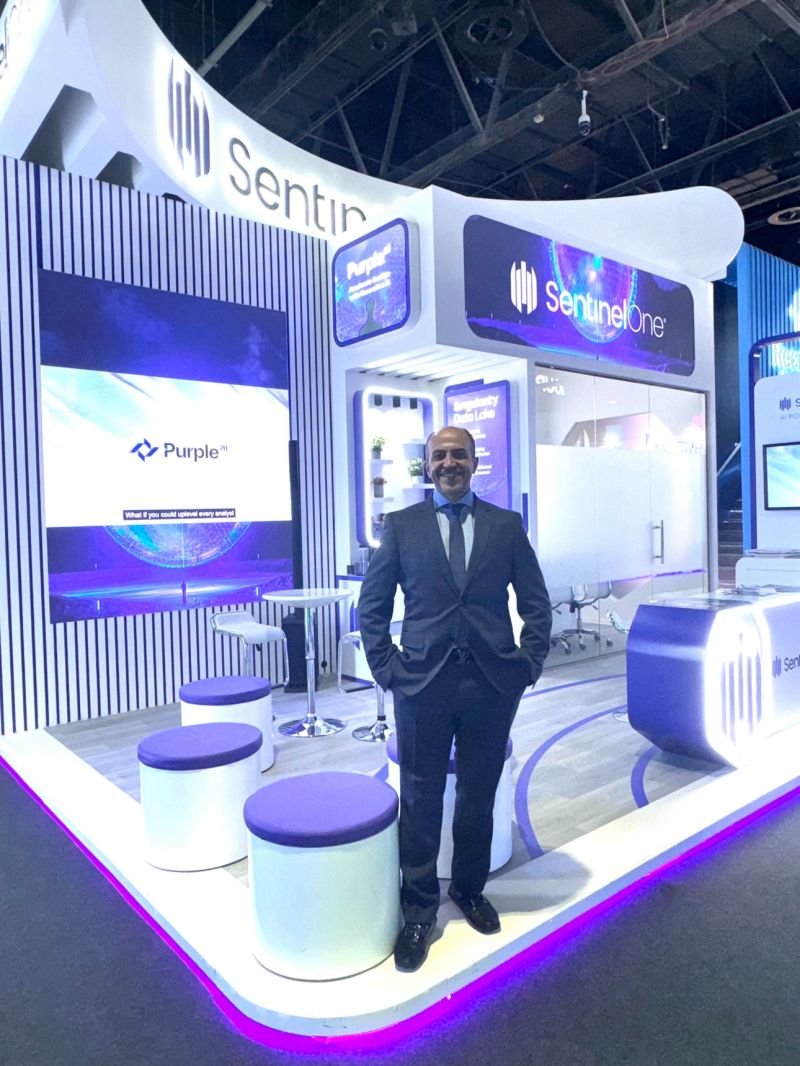




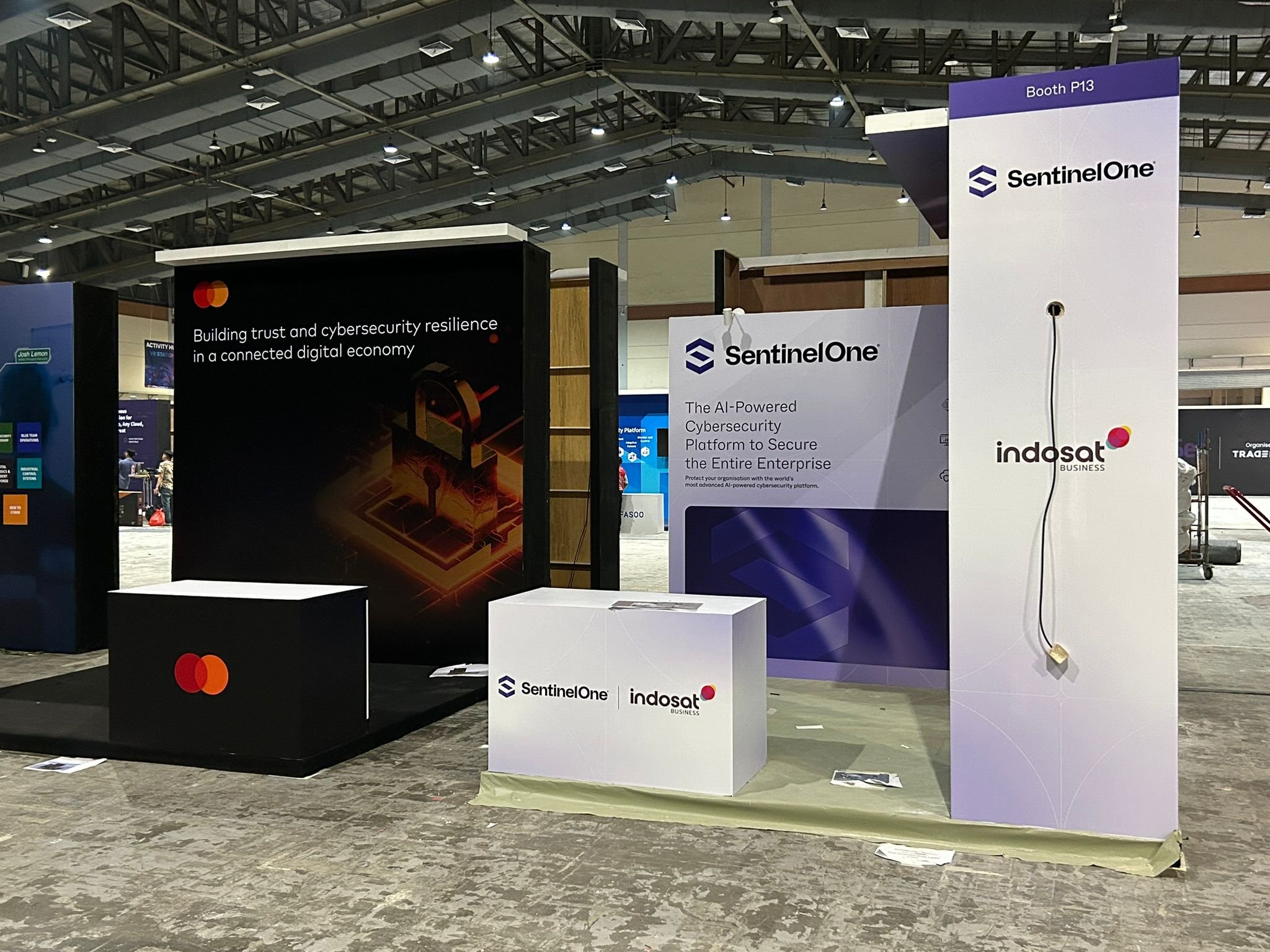
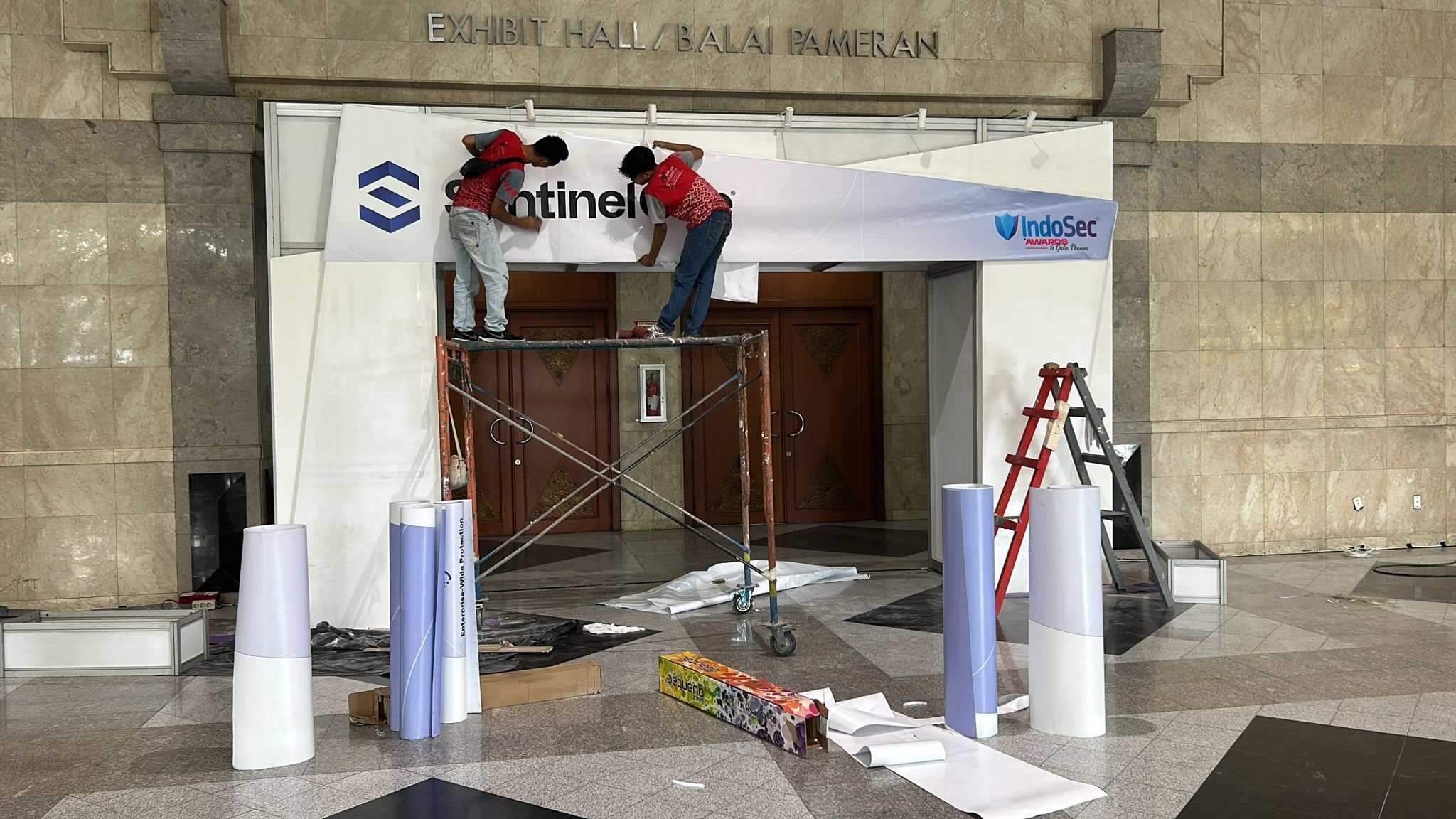


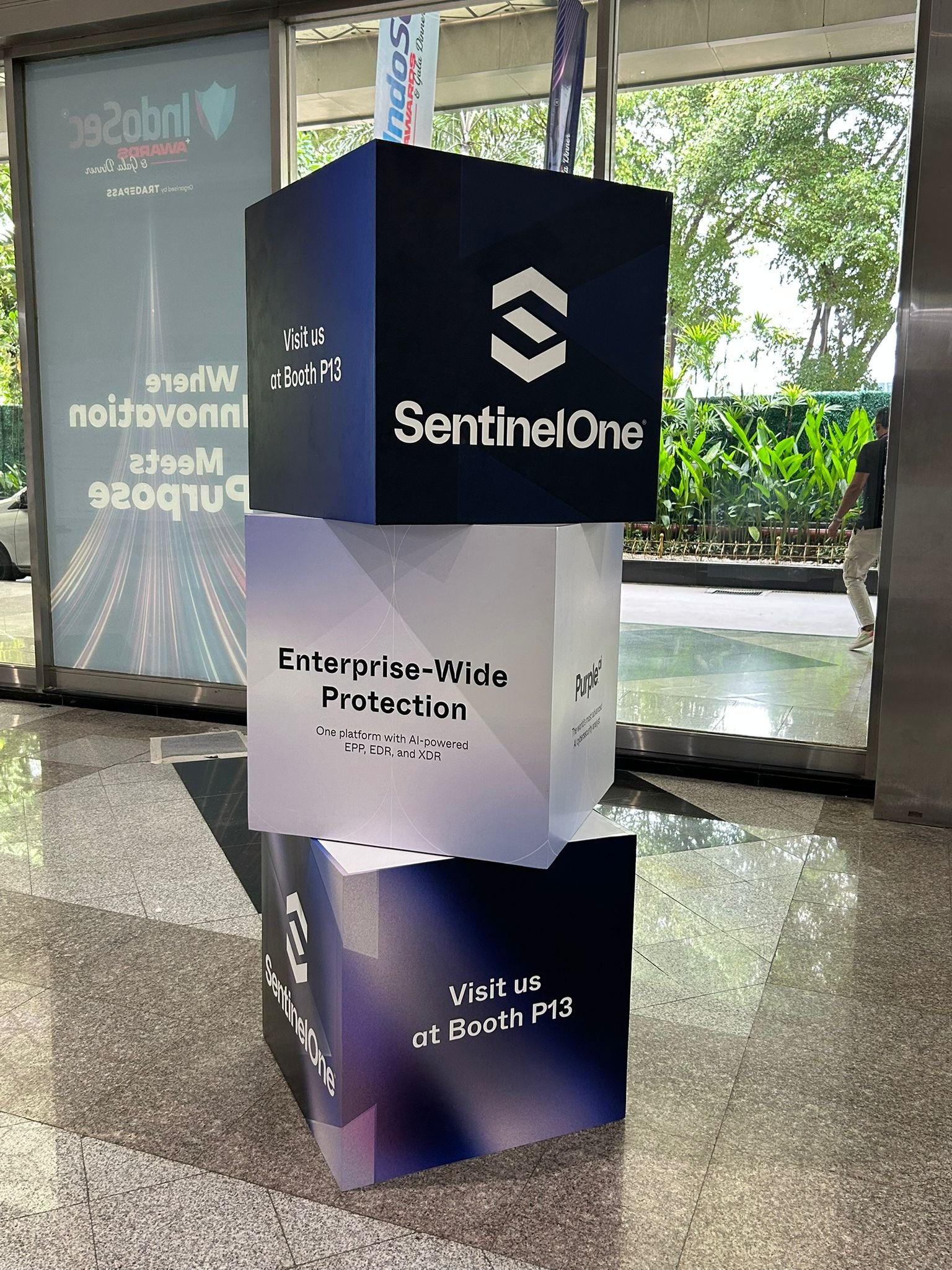




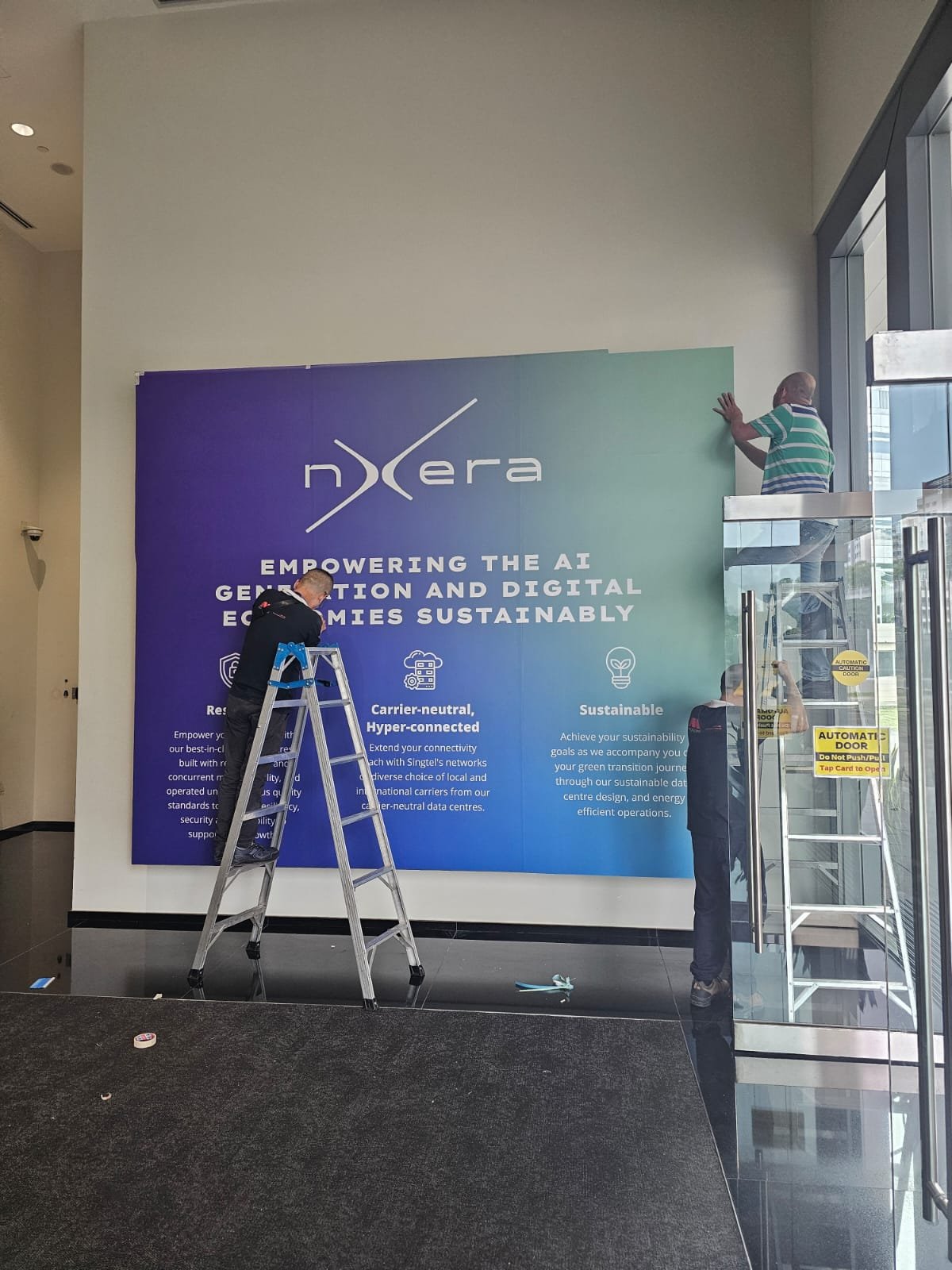

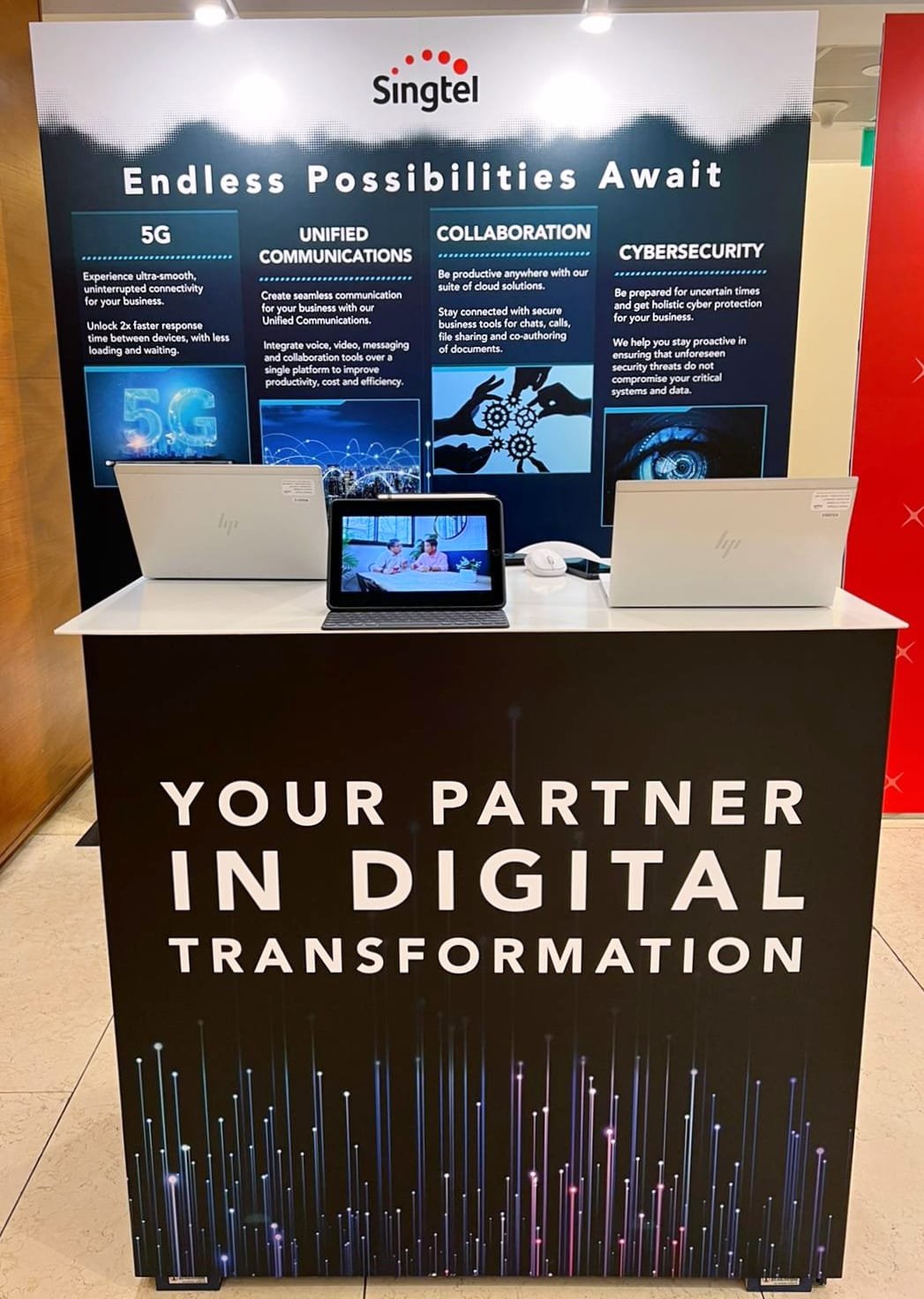
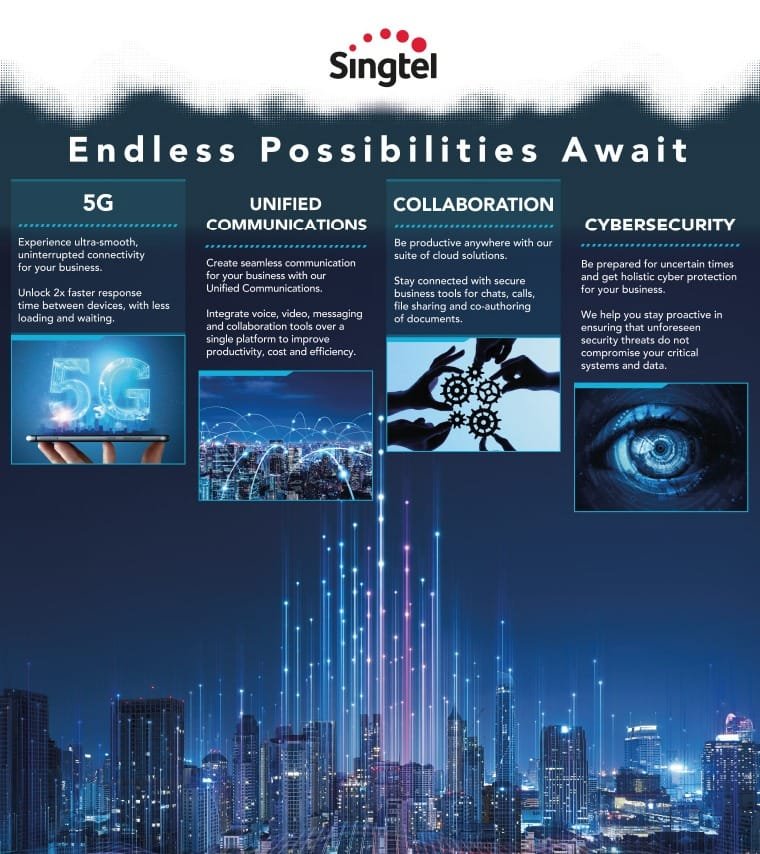
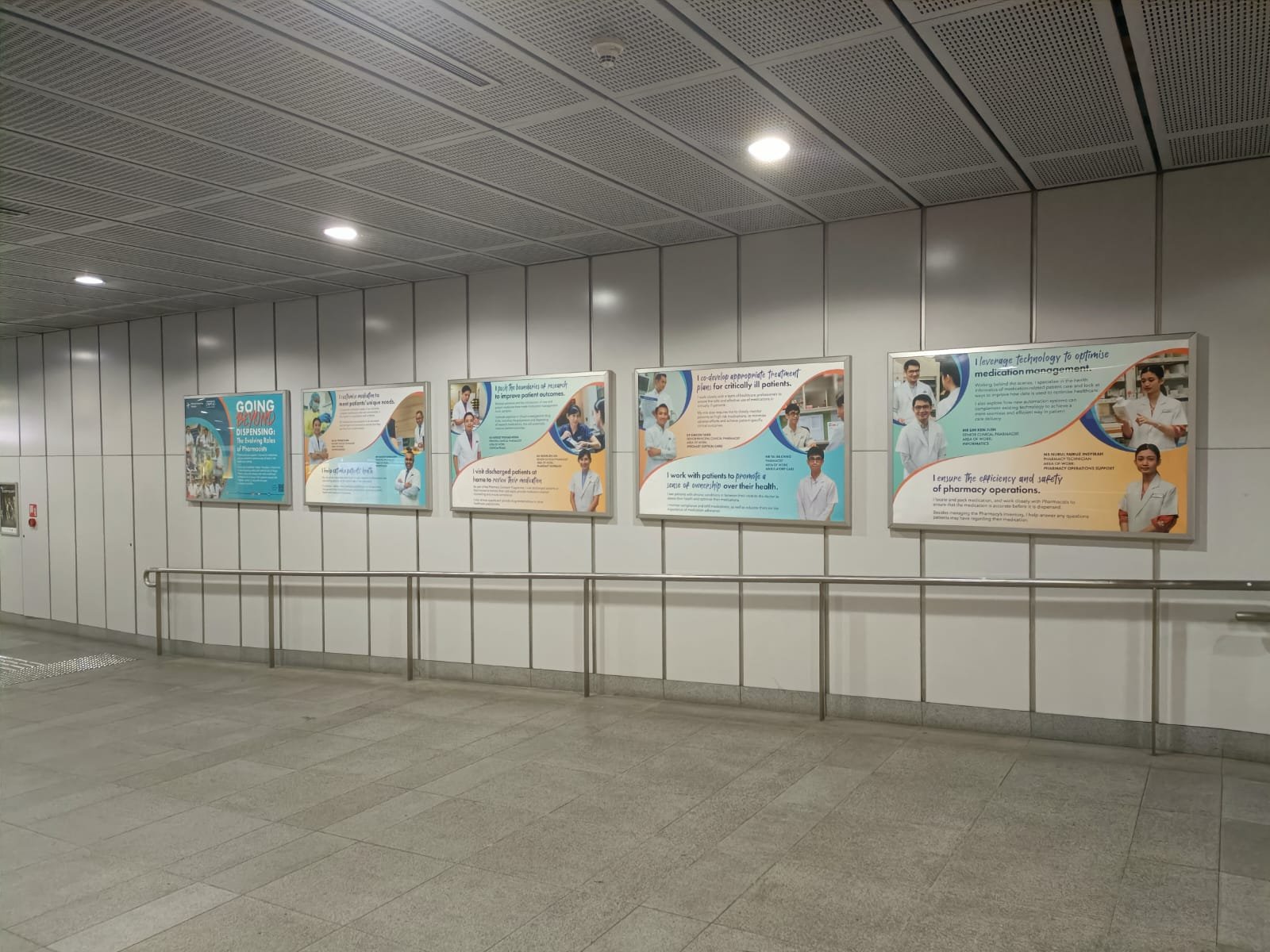

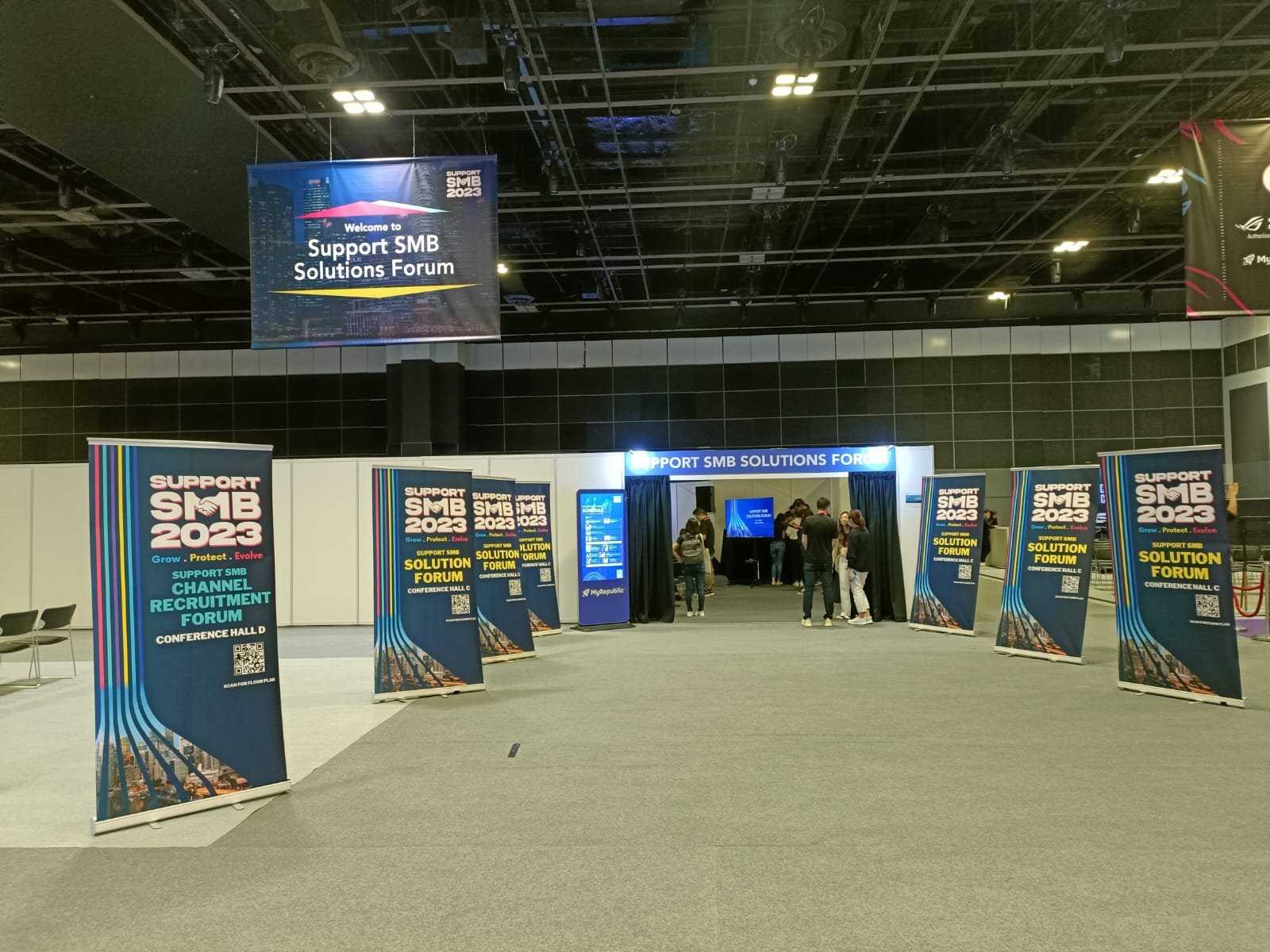




Events Deck







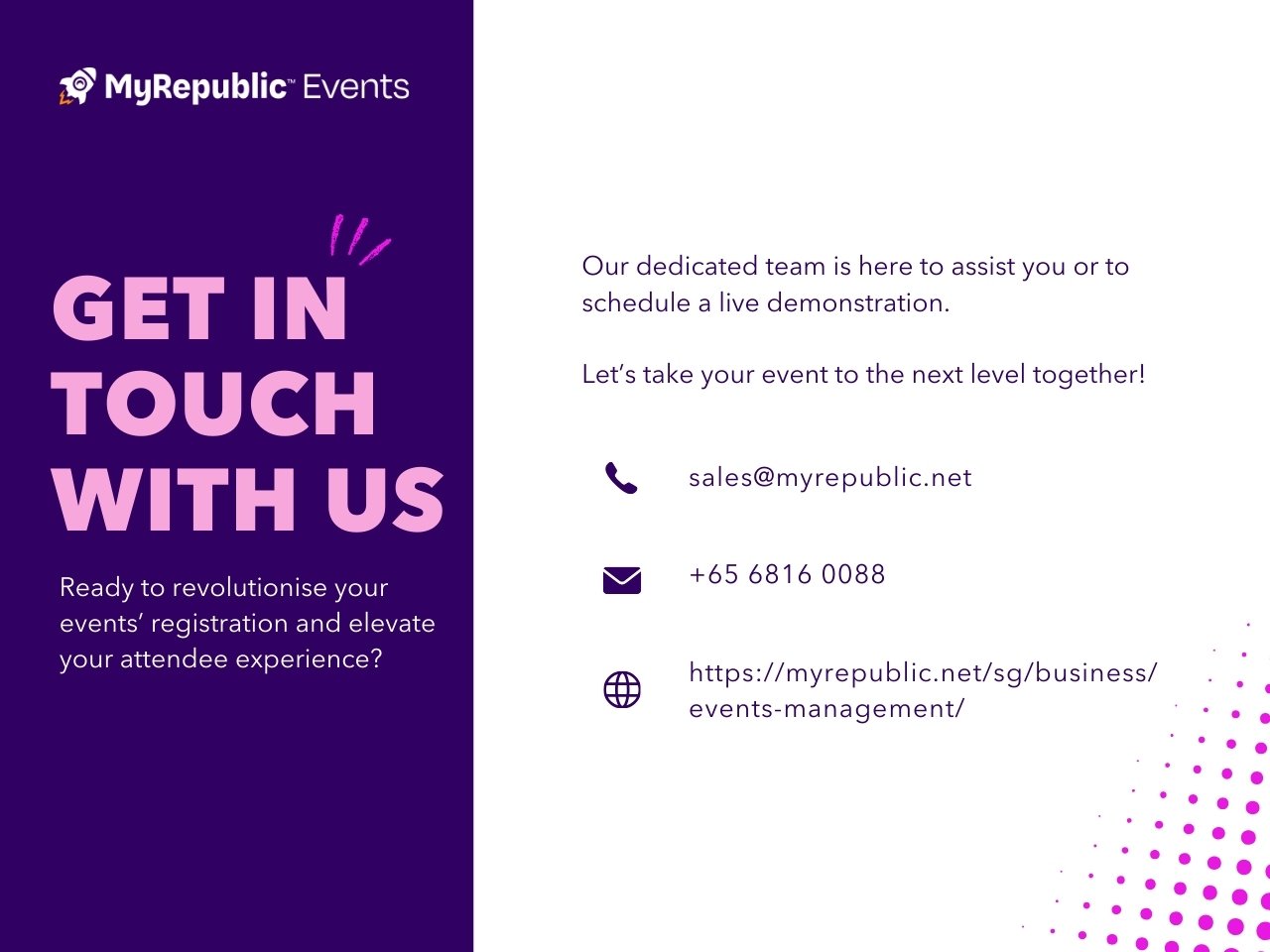





National E-Sports Campaign
Broadcast Asset Pack
Photography













